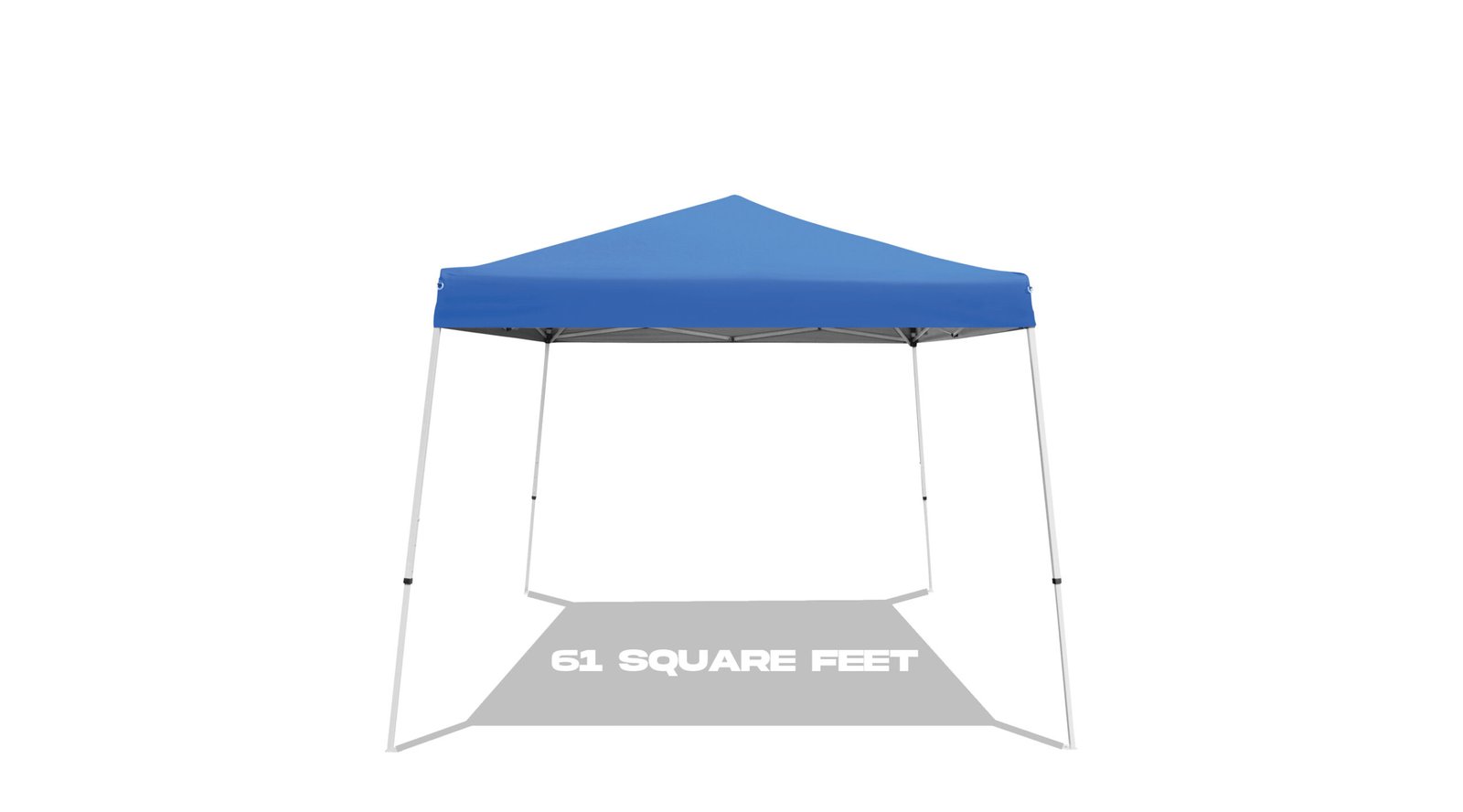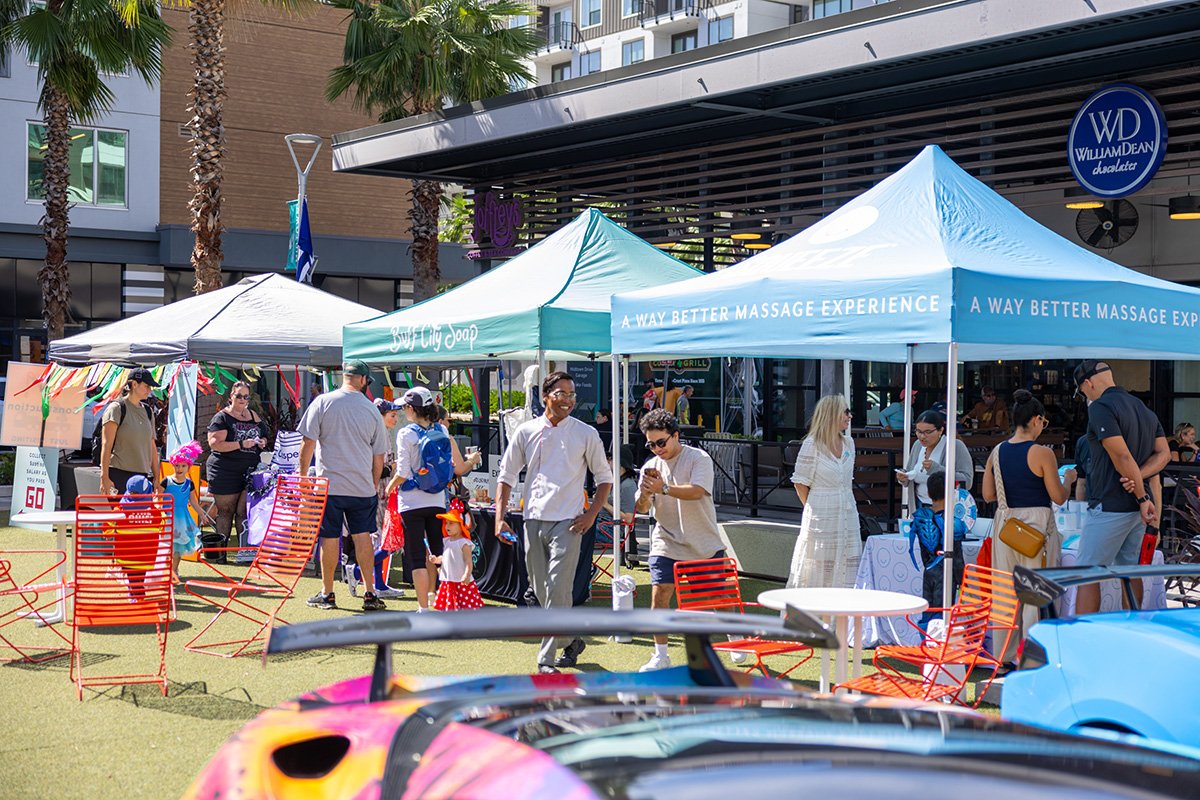知識
Angle of the Canopy Tent: Everything You Need to Know
Understanding the angle of your canopy tent can make a big difference in stability, shade, and overall performance. Let’s dive into the details.
What Does the Angle of a Canopy Tent Mean?
The angle of a canopy tent refers to the positioning of its legs relative to the ground. There are two main designs:
- Straight-Leg Canopy: Legs form a perfect 90-degree angle with the ground, offering maximum stability and shade coverage.
- Slant-Leg Canopy: Legs are angled inward at less than 90 degrees, which reduces material usage and enhances portability.
This seemingly simple difference greatly impacts the tent’s performance, durability, and suitability for various uses. For example, straight-leg designs are easier to set up on flat, firm surfaces, while slant-leg canopies may offer more flexibility on uneven terrain due to their lighter frame.
How the Angle Affects Stability and Wind Resistance
Stability and wind resistance depend heavily on the leg angle:
- Straight-Leg Canopies: Distribute weight evenly across four corners, making them highly stable even in windy conditions. These designs are often the top choice for events held in unpredictable weather, such as outdoor markets or sports gatherings.
- Slant-Leg Canopies: Rely on fewer materials and angled legs, which can compromise stability under stress. For example, during a storm or on uneven ground like a grassy field, slant-leg canopies may require additional anchoring to avoid tipping.
For detailed product options, explore our custom canopy tents。
Comparing Straight-Leg vs. Slant-Leg Canopy Tents
| 特徴 | Straight-Leg Canopy | Slant-Leg Canopy |
|---|---|---|
| Shade Coverage | 100 sq ft (10×10 tent) | ~61 sq ft (10×10 tent) |
| Stability | 高い | 適度 |
| Material Usage | More (higher cost) | Less (lower cost) |
| Best Use Cases | Large events, windy conditions | Camping, casual outings |
Optimal Angles for Different Use Cases
Choosing the right angle depends on the intended use:
- Beach: Use slant-leg canopies with weighted bags for portability and ease of transport.
- イベント: Straight-leg canopies maximize shade coverage and withstand windy conditions.
- Camping: Lightweight slant-leg designs are ideal but require careful anchoring.
Industrial Insights: Canopy Market Growth and Trends
According to industry reports, the global canopy market is expected to grow from $1.86 billion in 2023 to $2.92 billion by 2033, driven by increasing demand for versatile and customized designs.
Explore more about this trend on relevant sources like IBISWorld or Statista。
Tips for Anchoring Canopy Tents at Different Angles
Ensure stability with these anchoring tips:
- Drive stakes into the ground at a 45-degree angle.
- Secure guy lines tightly from each top corner of the canopy frame.
- Use weight bags filled with sand or water for additional support, especially on soft surfaces like beaches.
Common Mistakes When Setting Up a Canopy Tent
- Insufficient Anchoring: Always secure your tent to avoid tipping over.
- Overloading Slant-Leg Canopies: Avoid placing excessive weight on less stable designs.
- Incorrect Angle: Ensure legs are properly aligned for maximum stability and shade coverage.
How to Choose the Right Canopy Tent Based on Angle and Coverage
Consider these factors:
- Event Size: Large gatherings require straight-leg tents for full coverage.
- 天気: Opt for straight-leg designs in windy or inclement conditions.
- Budget: Slant-leg tents offer cost-effective solutions for casual use.
Browse our wide range of custom canopy tents for the perfect match.
Real-World Examples: How Angle Impacts Shade Coverage
A straight-leg 10×10 canopy offers 100 sq ft of shade, while a slant-leg version provides only ~61 sq ft due to inward angling of the legs. Visualize the difference with this comparison:

Caption: Full shade coverage with a straight-leg canopy.

Caption: Reduced shade coverage with a slant-leg canopy.
Conclusion: Finding the Perfect Canopy Tent for Your Needs
Choosing the right canopy tent comes down to understanding how angles affect stability, shade, and portability. Straight-leg canopies are perfect for large events and windy conditions, while slant-leg designs excel in portability and casual use.
Key Takeaways:
- Straight-leg canopies maximize stability and shade coverage, making them ideal for professional and large-scale events.
- Slant-leg canopies offer portability and affordability, best suited for casual outings and compact storage.
- Anchoring techniques and leg alignment are crucial for setup success on various terrains.
Ready to elevate your next event? Explore StrongDisplay’s custom canopy tents and experience superior quality, customization, and durability today!
